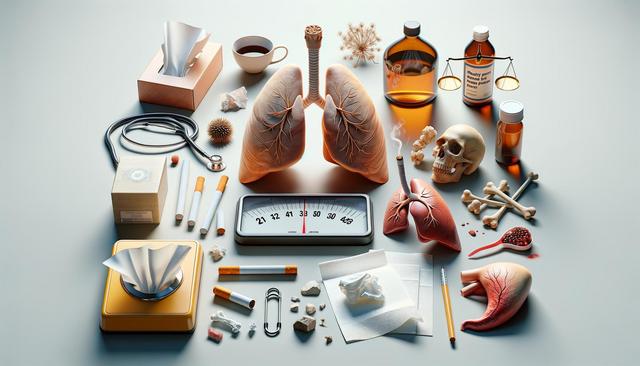What Is Pulmonary Hypertension?
Pulmonary hypertension is a type of high blood pressure that affects the arteries in the lungs and the right side of the heart. Unlike systemic hypertension, which impacts the entire circulatory system, pulmonary hypertension specifically increases pressure in the pulmonary arteries. Over time, this pressure can strain the heart, leading to heart failure and other complications. The condition can be caused by a variety of factors, including chronic lung diseases, congenital heart defects, and autoimmune disorders. Understanding its root cause is essential to determine the most effective treatment strategy.
Early Diagnosis and Risk Assessment
Accurate and early diagnosis plays a vital role in managing pulmonary hypertension. Doctors often rely on a combination of imaging tests, blood work, and pulmonary function tests to confirm the diagnosis. Right heart catheterization remains the gold standard for measuring pulmonary arterial pressure. Once diagnosed, risk assessment is performed to understand the severity and potential progression of the disease. This process takes into account:
- Functional status (e.g., how much the condition limits physical activity)
- Hemodynamic measurements (pressure levels in the heart and lungs)
- Presence of any underlying health conditions
Based on these factors, healthcare providers can classify the condition and tailor treatment plans accordingly.
Pharmacological Treatments
Medications form the cornerstone of pulmonary hypertension treatment. There are several classes of drugs used, each targeting specific pathways involved in the disease. These include:
- Endothelin receptor antagonists, which help relax blood vessels in the lungs
- Phosphodiesterase-5 inhibitors, which improve blood flow and reduce pressure
- Prostacyclin analogs and receptor agonists, which mimic natural substances that dilate pulmonary arteries
- Soluble guanylate cyclase stimulators, which enhance nitric oxide signaling to reduce vascular resistance
The choice of medication depends on the classification of pulmonary hypertension, patient tolerance, and disease severity. Often, a combination of therapies may be used to achieve better outcomes. Regular follow-up is important to monitor effectiveness and adjust dosages or medications as needed.
Lifestyle Modifications and Supportive Therapies
While medications are essential, lifestyle changes and supportive therapies can significantly enhance treatment outcomes. Patients with pulmonary hypertension are encouraged to adopt practices that support heart and lung health. These include:
- Engaging in doctor-approved physical activity to maintain cardiovascular fitness
- Eating a balanced, low-sodium diet to manage fluid retention
- Avoiding high altitudes and strenuous exertion that may strain the lungs
- Quitting smoking and minimizing exposure to pollutants
Supplemental oxygen therapy may be recommended for those with low oxygen levels, and diuretics can help manage fluid buildup. Emotional and psychological support, including counseling or support groups, can also be valuable in coping with the chronic nature of the disease.
Surgical and Advanced Interventions
In cases where medications and lifestyle changes are not sufficient, more advanced interventions may be considered. Surgical options are generally reserved for severe or refractory cases. These include:
- Atrial septostomy, a procedure that creates an opening between the heart’s upper chambers to reduce pressure
- Lung transplantation, which may be necessary for patients with end-stage pulmonary hypertension who do not respond to other treatments
- Pulmonary thromboendarterectomy, a surgical removal of clots in patients with chronic thromboembolic pulmonary hypertension
These interventions come with their own risks and require careful selection and evaluation by specialized medical teams. They are typically offered in centers experienced in managing complex pulmonary vascular diseases.
Conclusion: Managing Pulmonary Hypertension for Long-Term Health
Treating pulmonary hypertension involves a multifaceted approach that includes accurate diagnosis, tailored medications, lifestyle changes, and possibly advanced medical procedures. Patients benefit from working closely with a healthcare team that specializes in pulmonary conditions. With proper management, many individuals can maintain a good quality of life and minimize complications. Continued research and innovation in this field offer hope for even more effective therapies in the future, making early intervention and patient education all the more important.


